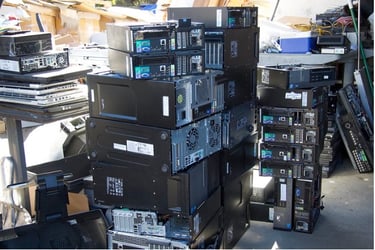To stay competitive in the market, businesses must improve their sustainability. These must be demonstrable to customers and stakeholders without greenwashing.
Ingram Micro Lifecycle is a reverse logistics provider, specializing in lifecycle management and extension solutions for technology products. We support global customers with returns management, repair, refurbishment, recommerce, and recycling services that boost sustainability and cost savings.
This year’s theme for Earth Day is “Our Power, Our Planet”, focusing on renewable and clean energy. Below, we’ll highlight ways your business has the metaphorical power to reduce its negative impact on the planet.
A circular economy
A circular economy is different from the linear economy that we’ve historically practiced. In a linear economy, raw materials are taken from their natural sources to manufacture goods. These products are used and then become waste.
A circular economy extends the lifecycle of those products as many times as feasible, prolonging their useful life. This keeps the product out of landfill sites, extending the time for when a replacement is required. This works to alleviate the pressure on manufacturing, reducing the mining of raw materials, consumption of energy, and associated carbon emissions.
This closed loop system keeps materials in circulation for as long as possible, instead of drawing new ones from the earth.
Reducing energy consumption
While the circular economy still uses energy, the more sustainable model encourages energy conservation and reduced consumption, often using renewable energy.
As the circular economy aims to reduce the extraction of raw and finite materials from the environment, this reduces the energy consumption of associated activities. Parts and peripherals are also used for as long as possible, reducing the manufacturing need for new replacements. For example, when manufacturing integrated circuits in smartphones, significant energy is required to maintain temperature and humidity.
Reducing waste materials by prolonging their lifecycle and making products more sustainable, reduces the volumes of waste processing. 62 million tonnes of e-waste was generated in 2022 and is expected to increase to 82 million tonnes in 2030. Less energy will be consumed in waste management systems.
Steps to move towards a circular economy
There are two ways Ingram Micro Lifecycle supports its customers by moving their technology towards a circular economy. Our lifecycle extension services can be supplied to:
- Our customer’s internal assets, such as mobility devices deployed in the field or used in offices/facilities
- End user devices; are used by the customers of our customers. These include returns management, trade-in, and in-warranty repairs.
The Circular Economy Maturity Model
Ingram Micro Lifecycle recently launched a Circular Economy Maturity Model. This guide and interactive tool have been designed to help businesses understand and develop their circularity efforts.
It stems from recognizing that moving away from a linear economy requires structural and procedural change. This creates new challenges for businesses to navigate. It perhaps requires new governance frameworks, effective reverse logistics systems, reporting metrics, and optimized resource efficiency.
The interactive tool provides a customized report with actionable recommendations businesses can use to progress their circularity. These recommendations are tailored to individual job roles and the level of responsibility. Insights cover strategy and governance, resource efficiency, product lifecycle management, stakeholder collaboration, and measurement and reporting.
Strengthen your move to a circular economy today
Through a circular economy, technology becomes more sustainable, reducing the carbon emissions associated with manufacturing and alleviating energy consumption.
Ingram Micro Lifecycle enables a technology circular economy for its customers and has facilities around the globe providing lifecycle extension solutions.
Complete the free interactive circularity assessment for your unique report.
Related articles:
- Uncover your sustainability maturity: a tool to transform circularity
- Circular economy in the laptop market: assessing maturity and driving progress
- Circular economy in the smartphone market: assessing maturity and driving progress
- Circular economy in the small domestic appliances market: assessing maturity and driving progress


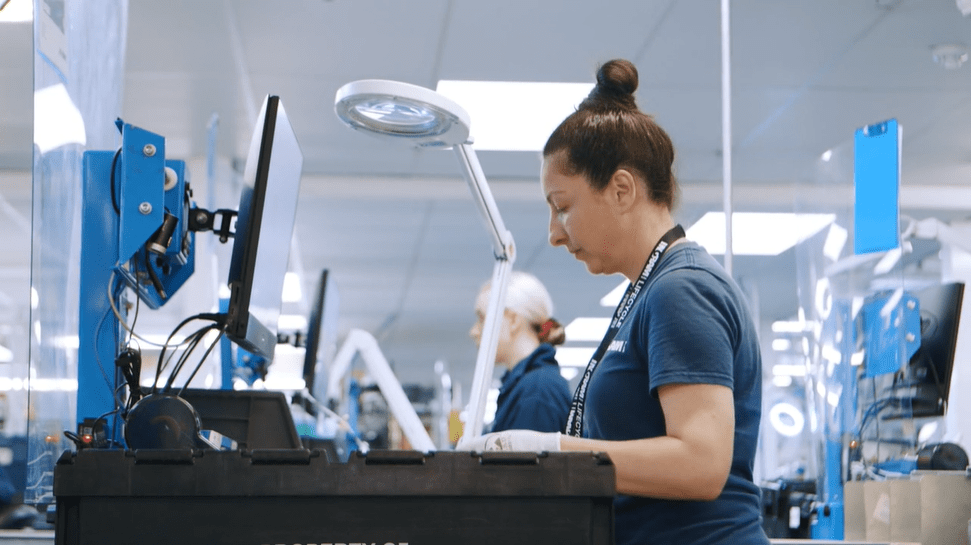
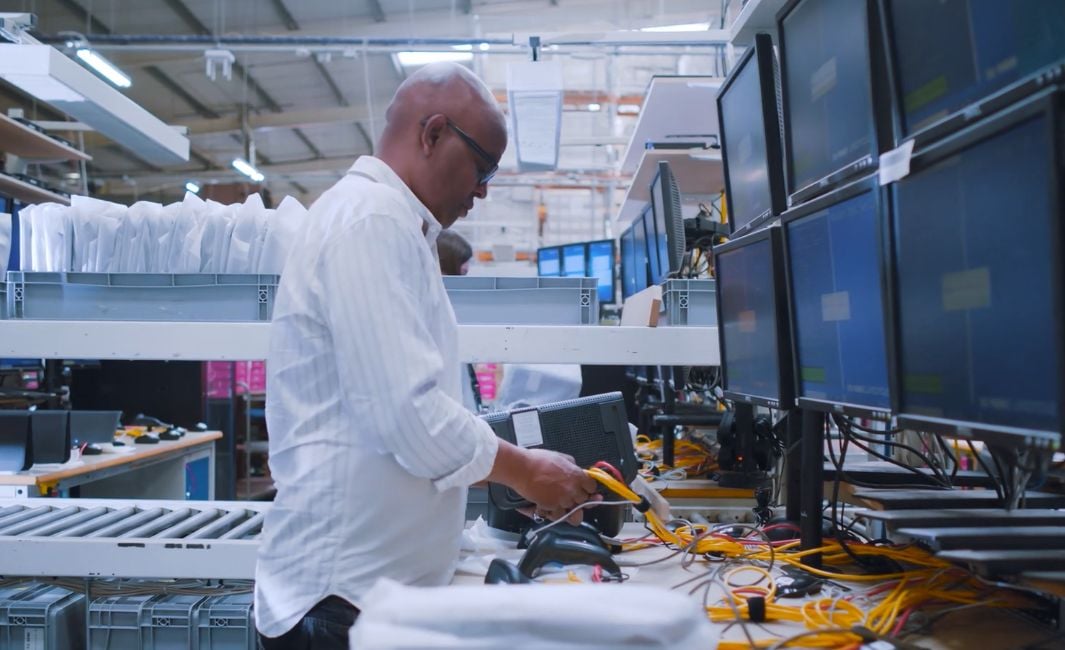
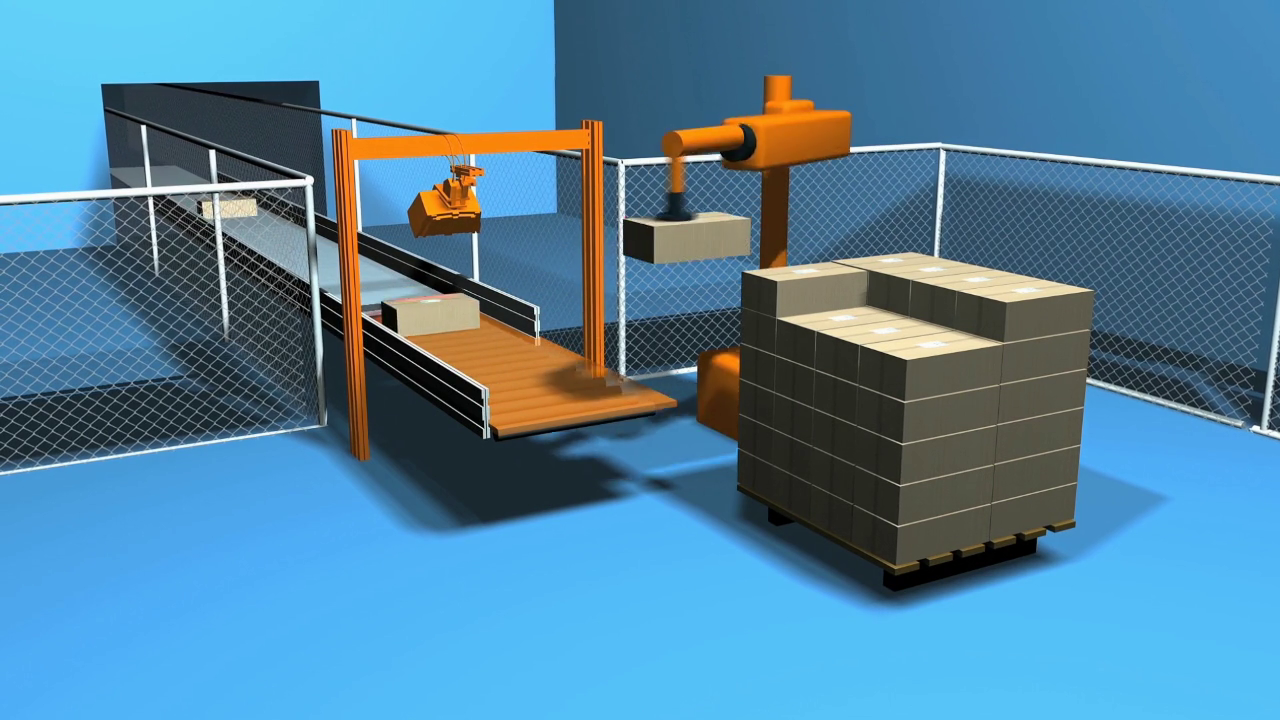
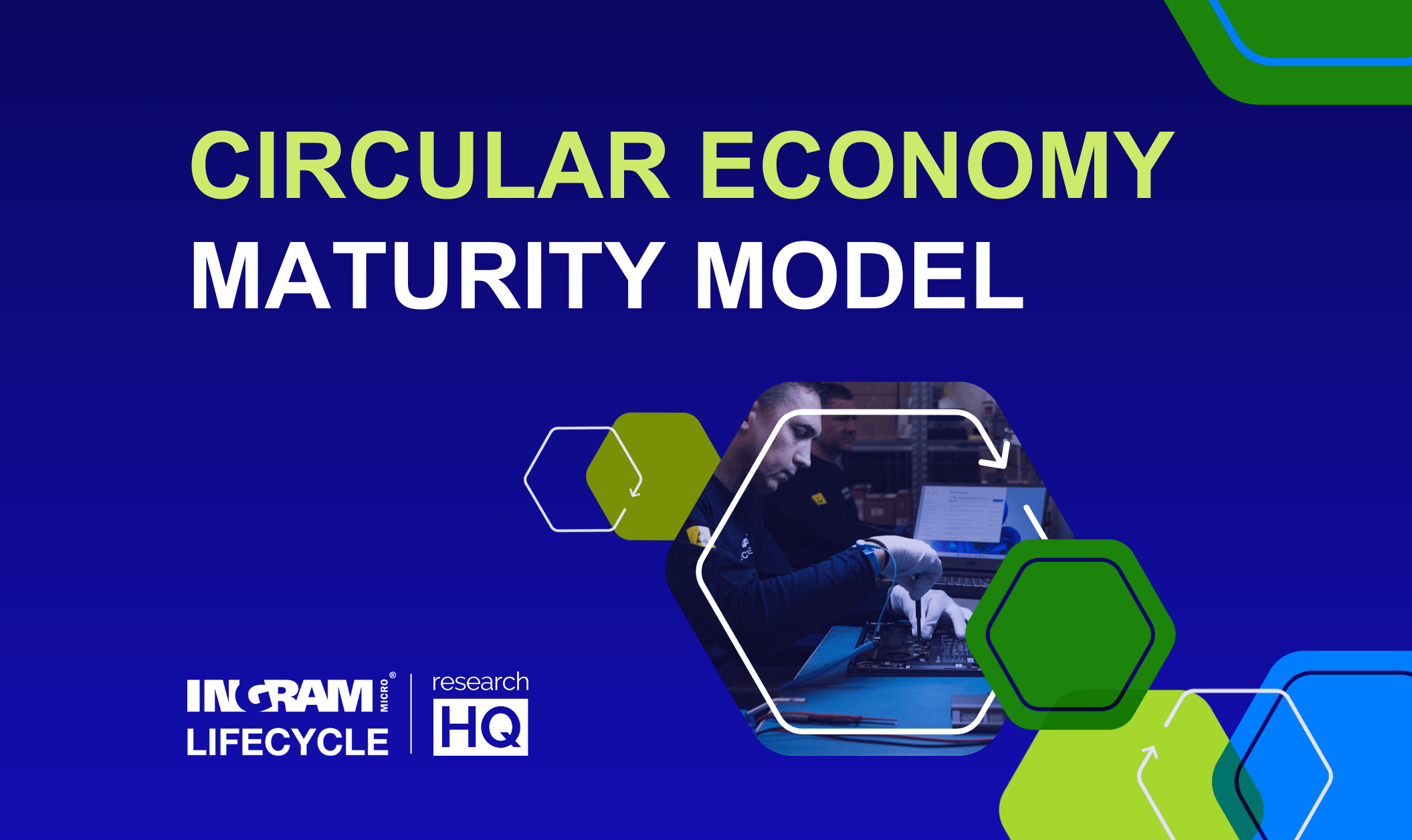

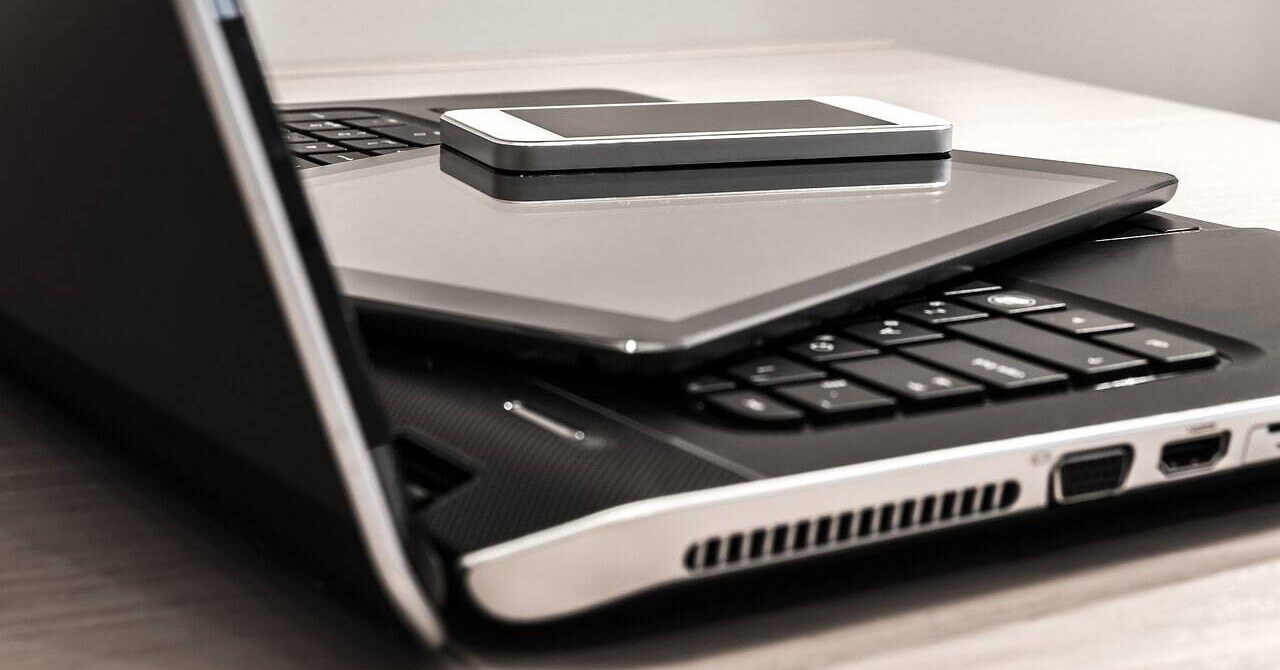




.jpg?width=450&height=250&name=electronic-waste-ready-for-recycling-pile-of-used-electronic-and-housewares-waste-division.jpg_s=1024x1024%26w=is%26k=20%26c=BnDjFzMKOiAUmT8y-l4cYaPizJzYfU1JS1QsDz5ApIU=%20(1).jpg)
.jpg?width=450&height=250&name=used%20computer%20hardware%20in%20garbage%20(1).jpg)
